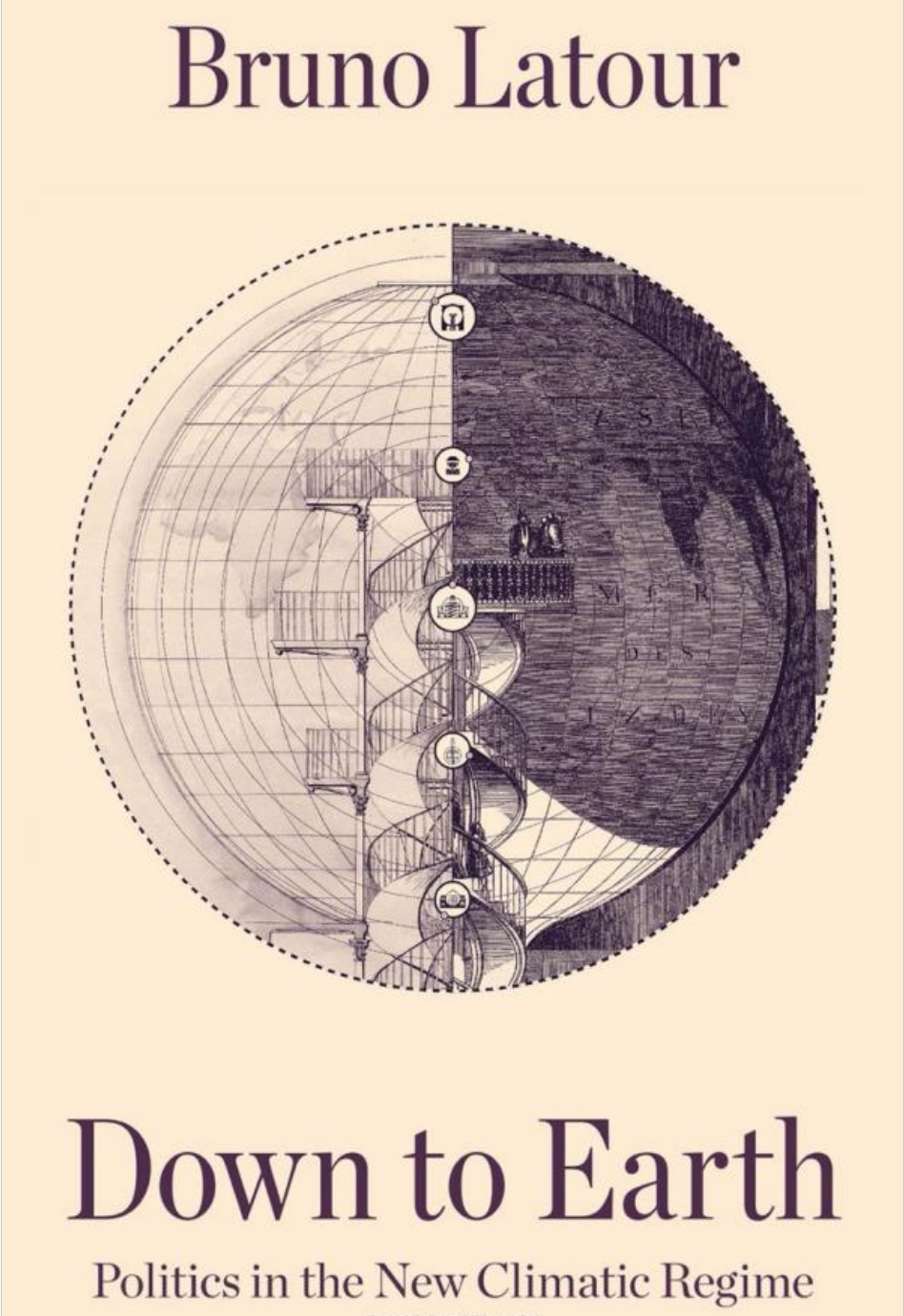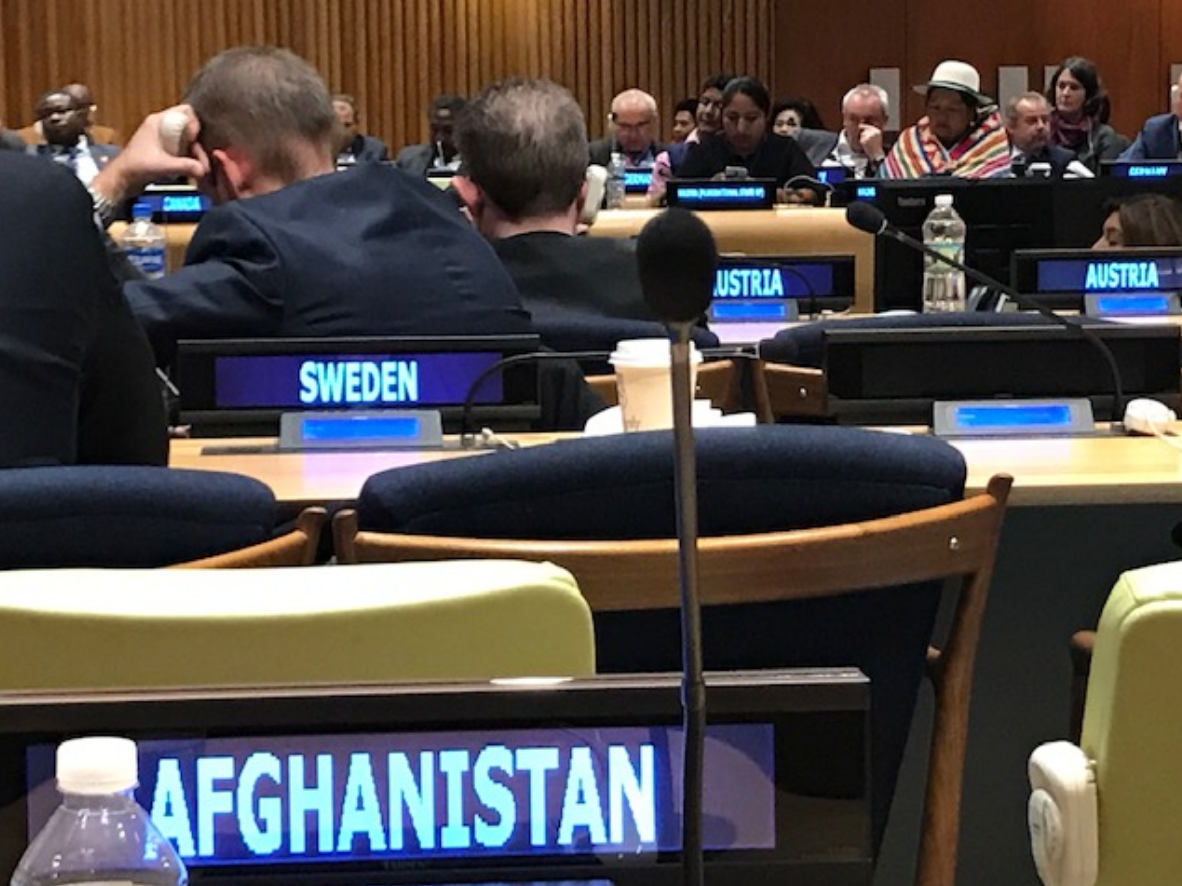A Bold Agenda for Treating Land as a Commons
The privileges of land ownership are so huge and far-reaching that they are generally taken as immutable facts of life – something that politics cannot possibly address. A hearty salute is therefore in order for a fantastic new report edited by George Monbiot, the brilliant columnist for The Guardian, and a team of six experts. The report, “Land for the Many: Changing the Way our Fundamental Asset is Used, Owned and Governed,” lays out a rigorous, comprehensive plan for democratizing access and use of land.
“Dig deep enough into many of the problems this country faces, and you will soon hit land,” writes Monbiot. “Soaring inequality and exclusion; the massive cost of renting or buying a decent home; repeated financial crises, sparked by housing asset bubbles; the collapse of wildlife and ecosystems; the lack of public amenities – the way land is owned and controlled underlies them all. Yet it scarcely features in political discussions.” (The six report coauthors are Robin Grey, Tom Kenny, Laurie Macfarlane, Anna Powell-Smith, Guy Shrubsole and Beth Stratford.).
The report contains recommendations to the British Labour Party as it develops a policy agenda in preparation for the next general election. Given that much of the world suffers from treating land as a speculative asset, the report could be considered a template for pursuing similar reforms around the world. (Monbiot’s column summarizing the report can be found here.)
- Read more about A Bold Agenda for Treating Land as a Commons
- Log in or register to post comments










Recent comments